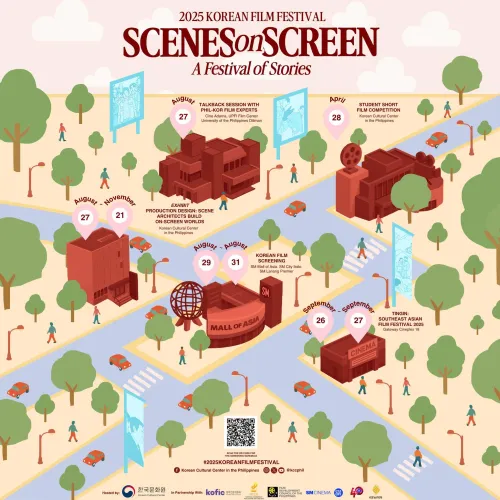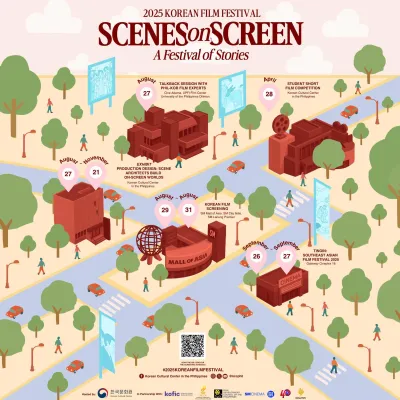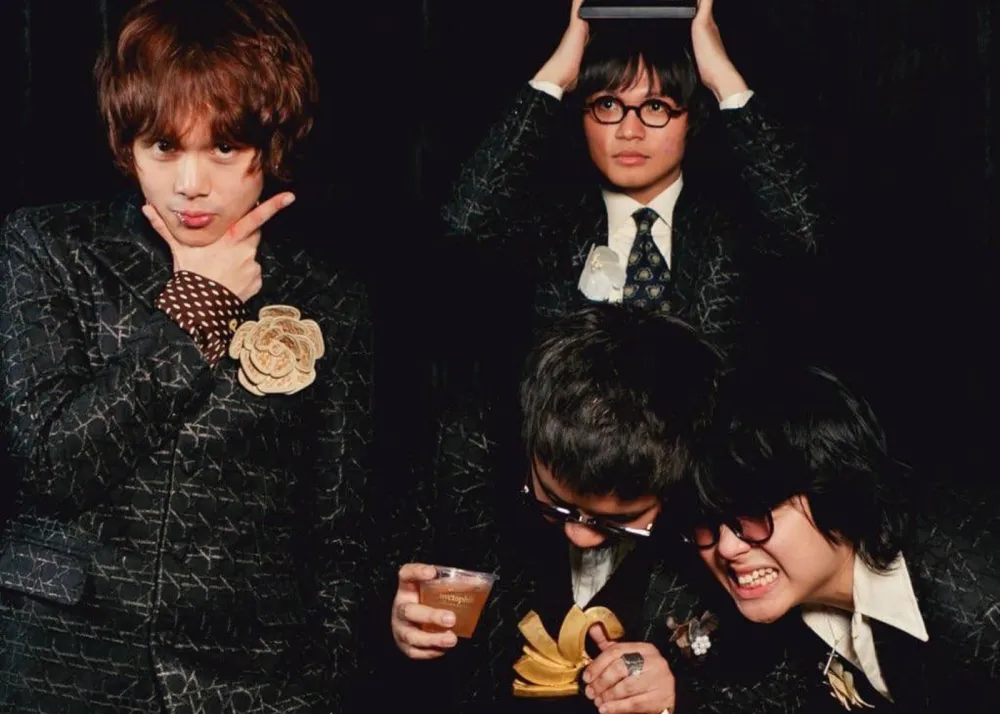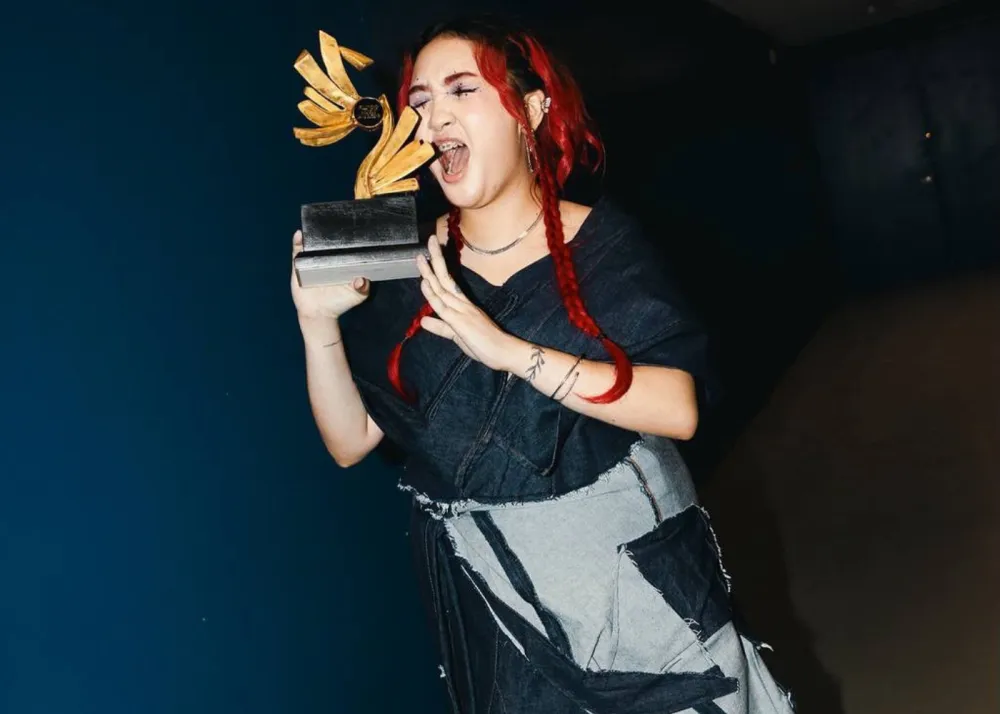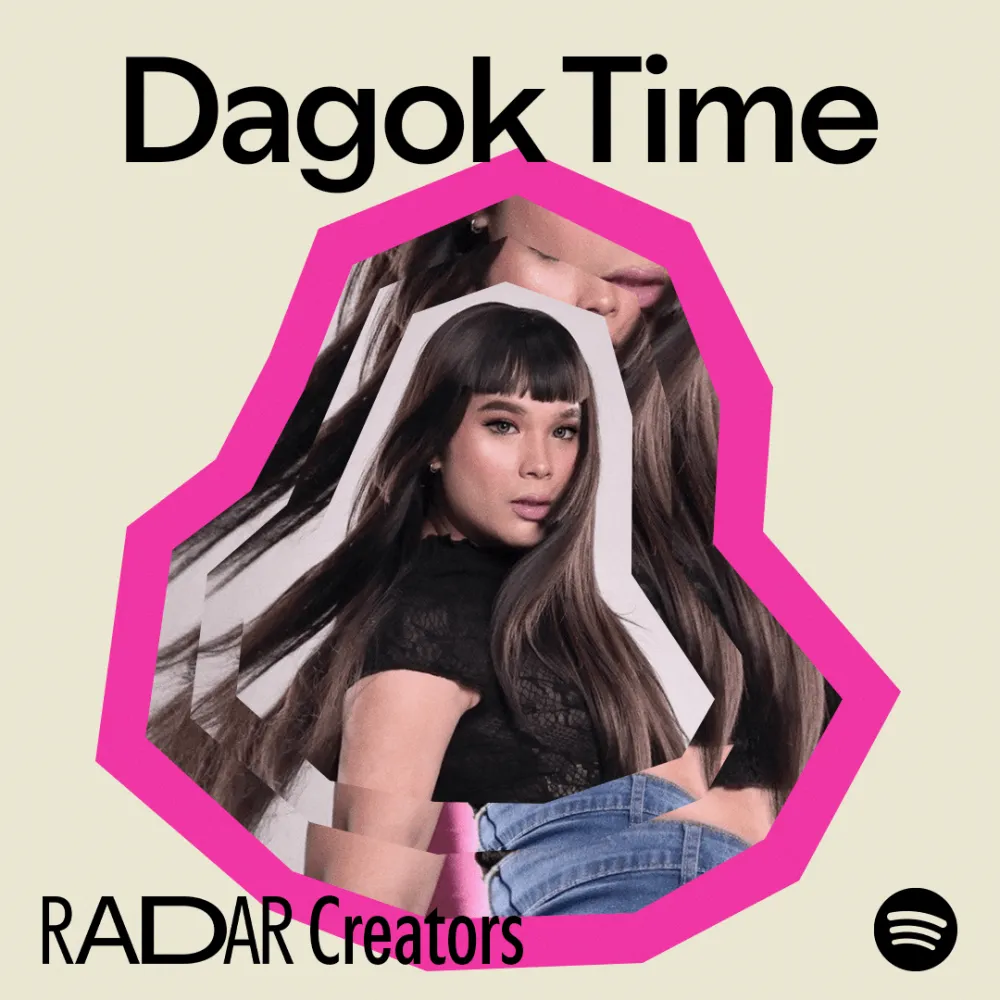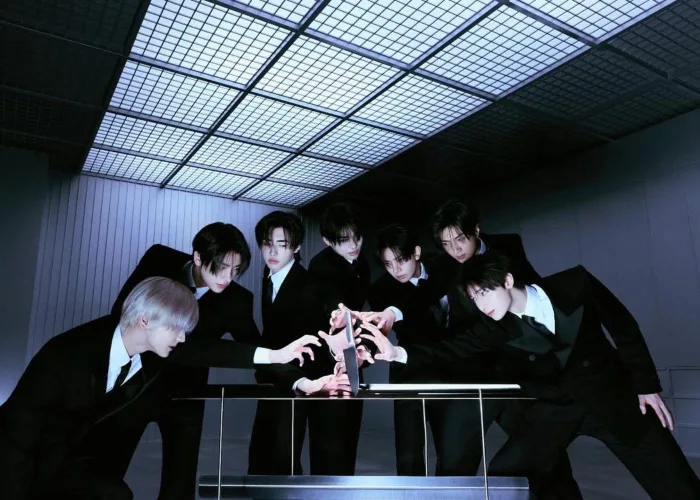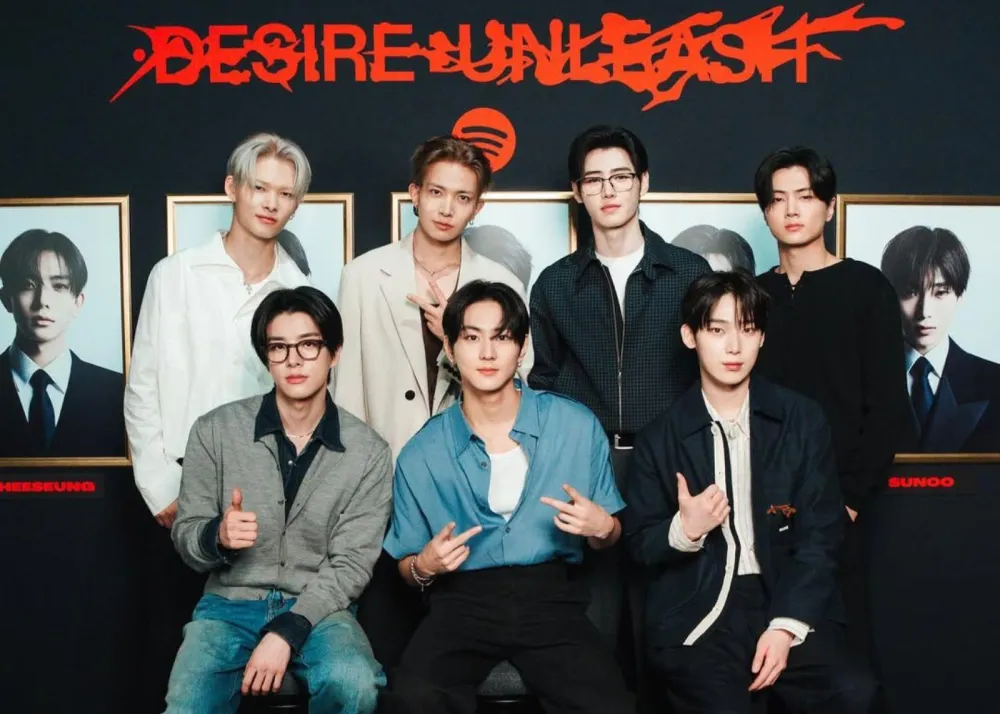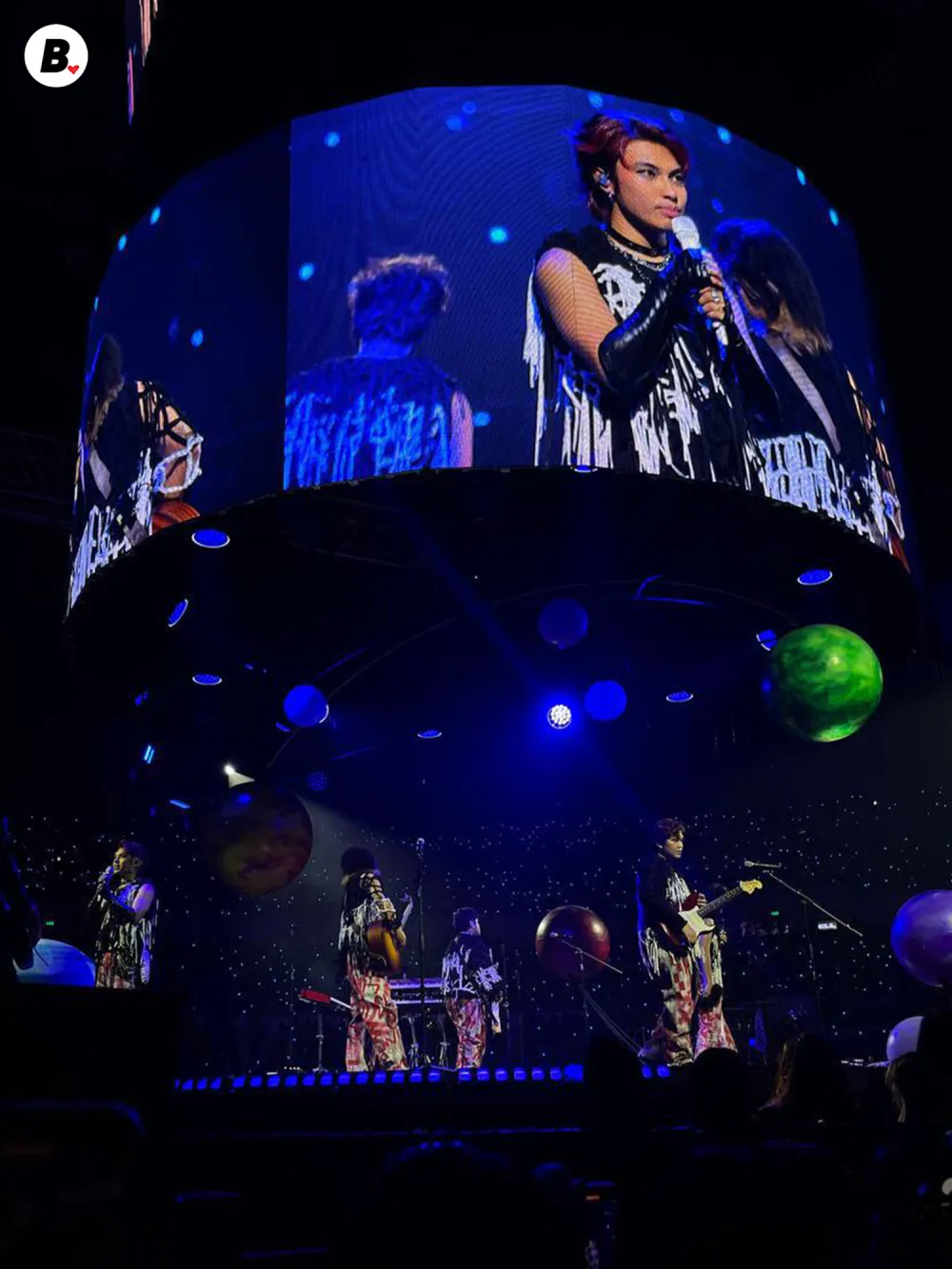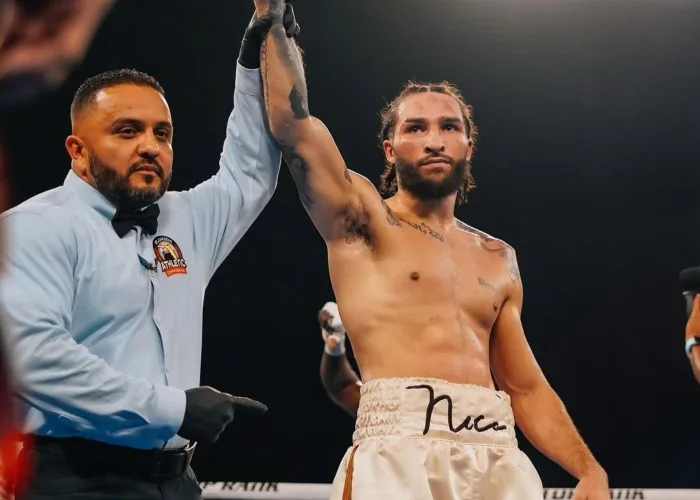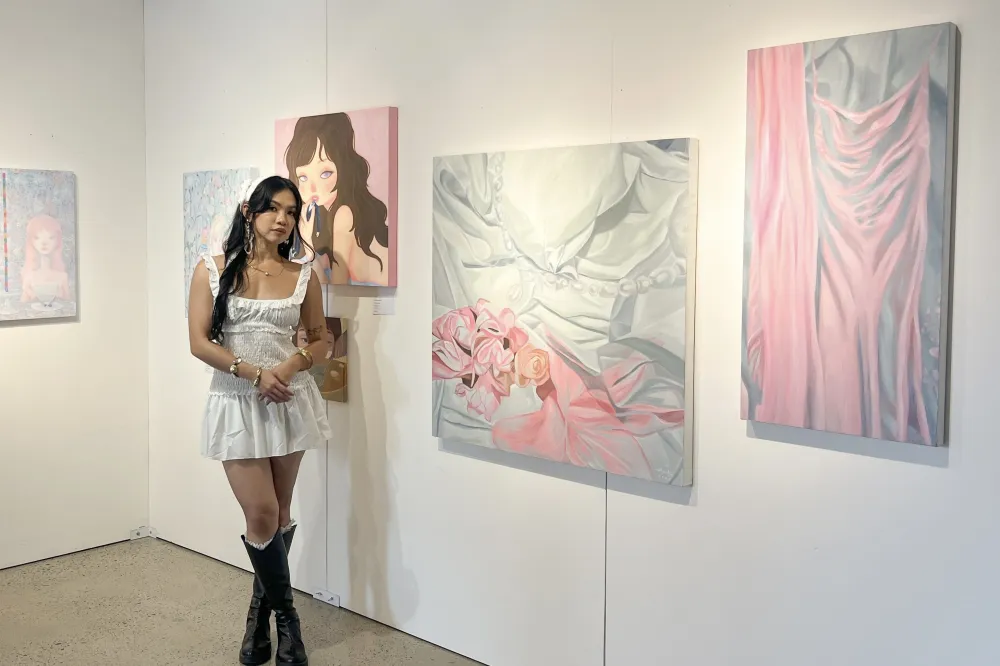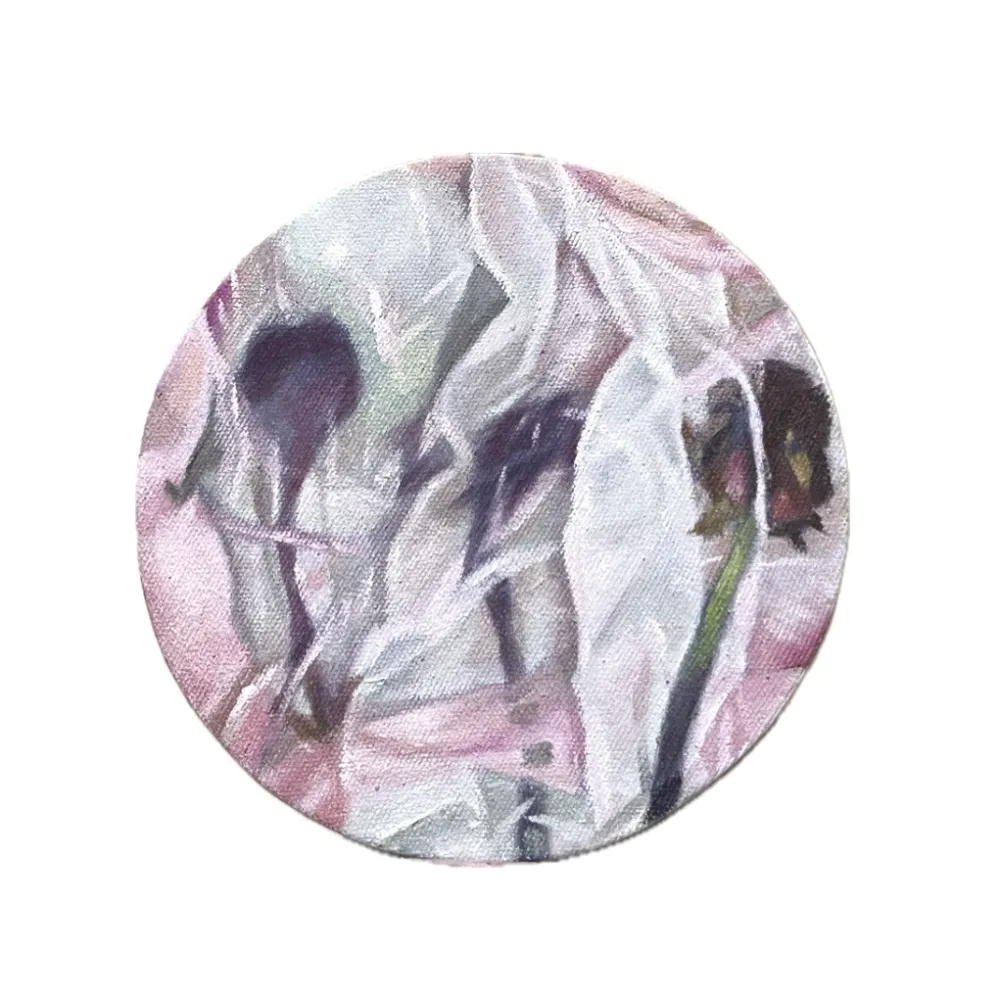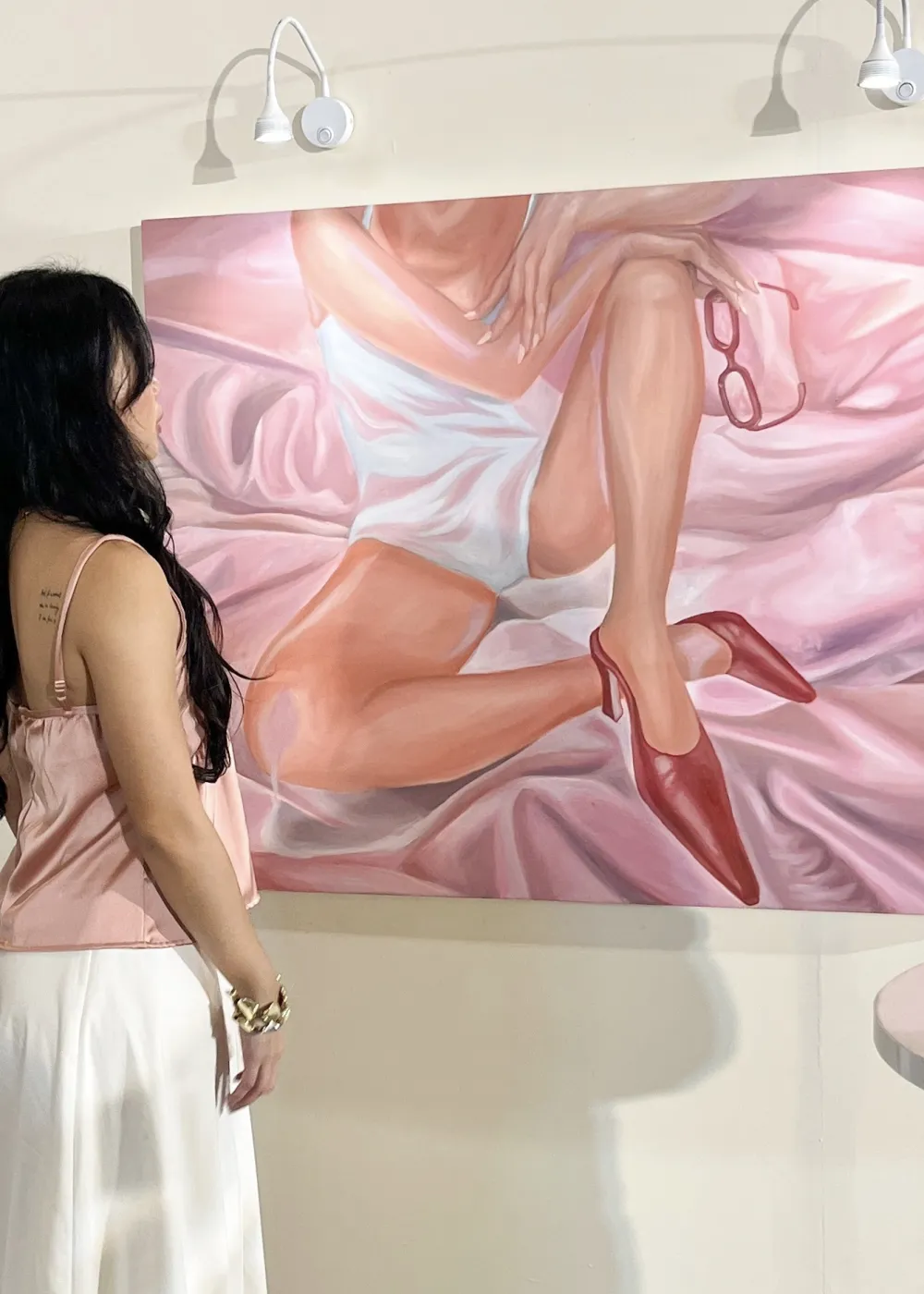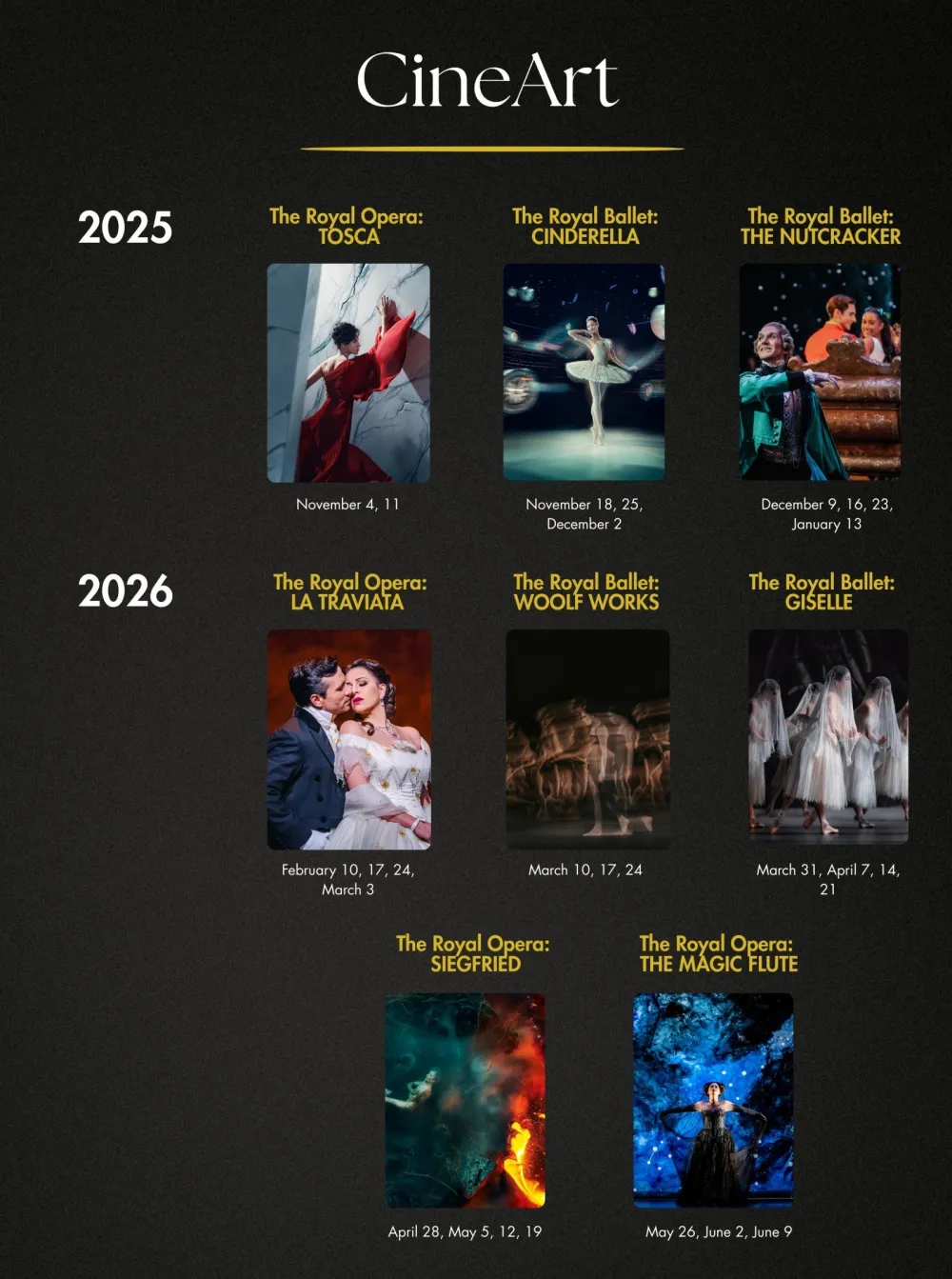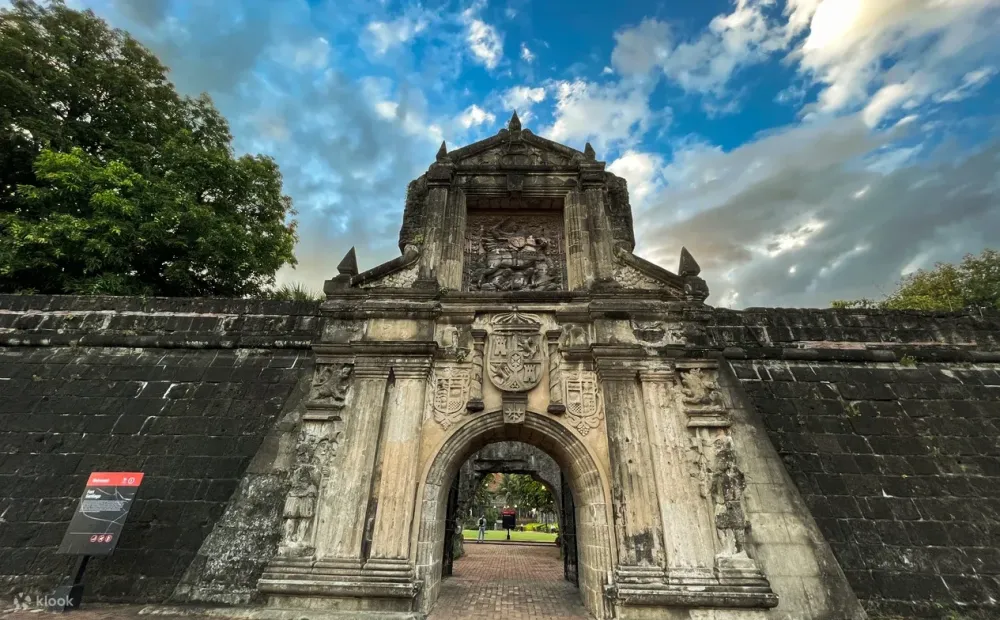Getting to Know Escolta: A Deep Dive into Manileños’ Arts & Cultural Hub

One cannot talk about Manila without mentioning the rich heritage of Escolta – from the Spanish colonial church of Sta. Cruz to the neoclassical structure of Jones Bridge. Every cobblestone of Escolta has a story to tell of bygone eras. It is, after all, Manila's oldest street.
Established in the 1590s by the Spaniards, Escolta has served as a commercial center and trading hub for centuries. Its proximity to the Pasig River made it a viable choice for a community to flourish. Since its inauguration, Escolta has been: a trading hub for Chinese merchants, a shopping mecca for the Manila elite, and even a hotspot for American soldiers frequenting saloons. Throughout its centuries-old history, Escolta has been at the heart of Manila culture.
Dubbed as the “Queen of Manila Steets,” Escolta has since witnessed a cultural renaissance. There is so much to celebrate in the revival of this city. Its burgeoning arts scene nurtures local and contemporary talents with dedicated gallery spaces and performance halls that have sprung up in the area.
Today, Escolta attracts more of a varied yet niche clientele, all of whom are aiming to rebuild the site into how it was during its glory days.

The BeatAsia explored Escolta with a firsthand glimpse at the environment and interviews with stakeholders of the community. We explored HUB: Make Lab, where artists and creators nestle their wares amid the historic First United Building. We also spoke to the members of Nilad Community, an umbrella organization that comprises heritage groups and tour guide initiatives that promote Manila.
Venturing into the microeconomics of Escolta, we gleaned learnings from the Sylianteng family, the Chinese-Filipino proprietors of First United Building (FUB). We also delighted our senses with local specialty coffee, learning from the executive director of Escolta Coffee Company herself. Lastly, Escolta wouldn’t be the same without its resident artists, vendors, and citizens from the local grassroots community.
The Syliantengs of First United Building
Formerly referred to as the Perez-Samanillo Building, the First United Building stands out for its chamfered corner towers, thin cylindrical moldings, and beveled arches gracing the sixth-floor windows designed by Andres Luna de San Pedro (son of the great painter and political activist Juan Luna) in 1928.
Akin to the Regina Building, the FUB is currently owned by Chinese-Filipino couple Robert and Lorraine Sylianteng and has been for over 45 years, together with the Tanco family and United Coconut Planters Bank. It shared a diverse lineage of proprietors including Ernest Berg and later transitioned to Jose Cojuangco, before being acquired by Eduardo “Danding” Cojuangco Jr.

Upon assuming ownership of the building in 1979, Robert Sylianteng and his siblings (as shareholders) agreed to preserve the property’s architectural significance in memory of their late father, Sy Lian Teng.
“[T]o preserve all those thoughts, we put up a sign in each of these rooms where we know the famous people tenanted,” Lorraine said.
It currently has 93 rooms which includes its first co-working space at Room 502 – the same room that Nora Aunor occupied for Nova Villamore (NV) Productions in 1973-1982.
As the current occupants and owners, Robert and Lorraine emphasized their commitment to strengthening and enhancing FUB’s appearance and functionality, but the façade has remained unchanged since their acquisition.
“We are saving funds to fix [the building]... It's [just] difficult to decide because we don't have the building plan. So, [we] don't know when [we] do something, whether it will be good or bad,” Robert said. “Despite this setback, the City Government of Manila named the FUB the ‘Most Beautiful Office Building’ the same year it was built,” he added.

Moreover, FUB is known as Escolta’s hotspot for arts and culture hub, featuring HUB: Make Lab which houses a delightful mix of arts and vintage shops, a museum, and more. The transformation began when the Syliantengs opened their doors to creatives and artists, igniting a world of possibilities beyond their imagination.
And thus, the “latag” activity was born. In Tagalog, “latag” means to spread out or lay down. The activity involves spreading out a blanket or a covering where they can work and showcase their crafts at the same time.
“We never realized that there was such a thing that they would come in one day. They call it a ‘pop-up tiangge,’ they would come in on a designated day as early as 5:30 to 6:00 in the morning. Set up the place and then open up the market from 10 in the morning to 8 at night. This is the HUB: Make Lab – the ground floor where it used to be,” Robert said.
Prior to HUB: Make Lab’s success, the space had a different story altogether. For a good five to ten years, it simply served as storage for the FUB, with no hint of the vibrant cultural hub it would become.
“I was really taken aback, and I was telling Robert that many still love Escolta, we should do something and do something different, not the usual bringing in famous bands to perform,” Lorraine said.

Inspired by the passionate hearts of every artist, the Syliantengs made a generous decision to let them occupy a room for free. Fortunately, there were plenty of vacant rooms available at that time. Their agreement was simple; when a potential tenant would rent the space, the artists would occupy the other vacant rooms, and that persisted during that period.
“Now, we protect them by giving them lower rates. I have to tell my staff to not forget as long as [the renters are] artists... And then we encourage them to do joint projects, to know how to complement each other,” Lorraine said.
“Among the artists that were introduced to us in 2011, arising from that invitation from Mayor Alfredo Lim was Mark Salvatus, who's a graphic designer.”
Salvatus established the 98B COLLABoratory – an artist-run initiative that seeks to provide a safe space and unite artists, designers, curators, writers, musicians, students, and more.
“The reason that space was called 98B and their group became known as 98B was because it was [Salvatus’] house in Cubao. That's where the artists gather, and they will work on their projects there. His space was exploding; he needed more space. It was right when Marika Constantino approached him [and asked] do you want to be involved in this activity?' He agreed."
When it comes to challenges, Robert and Lorraine candidly said that it was difficult for them to understand artists' logic because they were primarily businesspeople. They did not have extensive knowledge about the historical significance of the FUB.
“But later on, we were able to strike a balance because we have to make the artists realize that you still need to live and survive, and it needs money to survive. So today, we have artists who have a sense of business also. So that is a good blending,” Lorraine said.
Moreover, the Syliantengs’ two cents are to keep an open mind and communication systems with your friends.
“As one generation goes to the next, the success story of the neighborhood adds to the heritage of the place, of the nation. I guess, that is what tourists love when they come to the Philippines. They want to see a country that gets together. It doesn't have to be just the First United Building; it just so happens that we allow people to come into our private property. I mean any neighborhood, any group of friends, that's the same thing. So, it is very easily replicable, it can be imitated, and it progresses. It's like a ripple, you have an action and then it expands," Robert concluded.
Nilad Community on Safeguarding the Stories of Escolta
Driven by a “reckless passion” for the capital city, six individuals came together with the aim of staging bigger activations in Manila.
Composed of Benjamin Canapi of WanderManila, Kenny Tai of AKIM and Manila Girls, Stephen Pamorada of The Heritage Collective, Anne and Andre Julian of Don’t Skip Manila, and Diego Torres of Renacimiento Manila, Nilad Community, an organization dedicated to promoting the beauty and history of the Pearl of the Orient Seas’ capital, was born in September 2022.

Among the many gems Manila has, Escolta, imbued with one-of-a-kind architectural charm and a glorious past, is one of the Nilad Community’s passion projects. But even with the street’s rich history, preserving Escolta’s glory is, according to the group, a “work in progress.”
The organization points to the lack of enthusiasm some stakeholders have over the development of the district and its infrastructure. Nilad Community likewise sees the insufficiency of spaces in the street to carry out such development and preservation efforts. “There are business owners, building owners, who do want to push forward. But the majority are just looking at it in a more practical, pragmatic way,” said Canapi.
“[Building owners] wanted also to preserve the building, it’s just that, perhaps we need some more help from the government and other stakeholders,” Pamorada added.
Amid these challenges, the Nilad Community holds out hope for Escolta. By staging various talks, pop-ups, tours, and exhibitions, among other efforts, the organization is making these hopes and dreams a reality.
Despite being a young organization, Nilad has long recognized and continuously worked on the need to preserve the cultural heritage of the city of Manila, specifically the streets of Escolta. Leading educational tours that are successfully being participated in by locals and even foreigners, the organization also put into work amplifying the calls for preserving the hundred-year-old buildings in the area.
The heritage advocates, Nilad members included, made noise on the ground, and online, and engaged news media outlets to take part in the call for preserving and protecting the heritage buildings, which resulted in the National Commission of Culture and Arts (NCCA) issuing a cease-and-desist order to stop the demolition of the Capitol Theatre in 2022.

“Some of the people there don’t understand what they’re trying to do, so there is a little bit of a pushback from the community, but I think, little by little, we’re starting to win over people,” Canapi said.
To amplify their efforts, the Nilad Community calls on the public to join in spreading their cause. Further learning and understanding the perspectives of advocates by joining their tours and initiatives would be a starting point in gaining another voice to speak up for the preservation of the buildings and their stories. Breaking oneself into the realm of heritage advocacy might take time, but Pamorada shared a hopeful thought with everyone.
“A lot more things can happen in Escolta if only other stakeholders, other heritage enthusiasts, and concerned citizens would come together and be part of this bigger movement,” he said.
Building on their hopes for the iconic street's future, the Nilad Community sees a peeking ray of light hiding behind the debris of destructed buildings as the younger generation flocks in and buzzes in the “Queen of Manila Streets.” Ending the conversation, Torres left a note, emphasizing what their call was all about:
“We may be fighting for the past, but it is because we want the past to be integrated into the future of the city so that the future will have a root, an anchor, and that anchor will be the cultural heritage treasures of the city. Because without that, Manila will be a city without an identity, and Manileños will be people with no sense of identity, always yearning for what other cities have.”

Escolta Coffee Company
Maricar “Rickey” Ricardos, executive director of Escolta Coffee Company, can be seen through the walls of the little glass house at the end of the First United Building. This is her enclave, her business, the place she built with her husband and business partners. Situated conveniently beside The Den Café, and a few floors below Kalsada Coffee, Escolta Coffee Company is one of the links in the chain of specialty coffee makers at HUB: Make Lab.
True to the ethos of community, these three businesses champion the same cause: to promote Philippine coffee.
Kalsada Coffee works with farmers to harvest green coffee beans, the raw product of which is then transported in sacks to Escolta Coffee Company.
“Kalsada Coffee has been here in the building since 2016. So, when we decided to partner and put up Escolta Coffee Company, saan pa ba kundi dito rin (where else should we be but here)?” she said.

Here, the green beans are roasted by Rickey and her team, before finally being served to customers at The Den Café (among other notable restaurants). It’s full circle, in other words. Beans ranging from Arabica, Robusta, Excelsa, and Liberica – all of which are grown on our very own islands – are delivered and roasted in Escolta Coffee Company, then distributed to cafes and restaurants across the country.
Curious about the coffee scene, we asked Rickey what it is about Escolta that attracts the caffeine-loving crowd and if people think of Escolta when it comes to good coffee. Rickey explained that Escolta doesn’t specifically draw coffee connoisseurs or bean aficionados. The place itself attracts those who love culture and heritage – and these people will certainly enjoy the work that the Escolta Coffee Company has put into preserving just that.
“People here really appreciate culture and heritage,” Rickey noted. “And we’re all the same [commitment], we want to preserve it. We want to make the culture usable to people. Like this building [First United Building]; it's good to see it in photos but it's better to see that people actually use it [as a hub for offices and creative spaces], she said in Filipino.
“The community here is very broad,” the executive director added. “There are photographers, studios, performers. Just recently, an orchestra performed on the upper floor. Every now and then there is also a vintage market. So even though only [local] artists come here, the crowd is also diverse because the activities are different."
In this contemporary space, the Venn Diagram converges driven by the people’s desire to discover more talents and celebrate local influence.

Rickey also noted that the crowd frequenting Escolta has become increasingly young. High school students and college-age young adults are eager to learn more about the past, including heritage sites where filmmakers and stars such as Dolphy and Nora Aunor used to visit.
“Young people are more aware that there is this community or this space. Many people come here not only to drink coffee but also to check out and appreciate what we do here.
From the Lens of Local Community
Situated on one side of HUB: Make Lab, Baki’s Wall, owned by Miko, is a collection of art and novelties from different local artists in the Philippines. Though a very small one, it houses a well-curated hodgepodge of everything from prints and painted canvas bags to denim jackets and even jewelry. It is also – if you can believe it – a notary office.
“It would seem like a missed opportunity if we rent solely for use as a notary office. So, we thought of putting up paintings and artwork. It evolved from there,” he said in Filipino.
A guitarist and musician of close to twenty years, Miko is now also a new yet fully-fledged artist. Having only recently discovered his talent, he spends much of his time practicing at Baki’s Wall, where he sits hunched over his desk, creating Basquiat-esque works.
“Perhaps practice is a lifelong commitment,” he muses thoughtfully.
Using only a pencil or ballpoint pen, Miko draws intricate portraits in maximalist fashion. Though he’s been at this for only a year, it is evident that he possesses a natural talent for it. He claimed to be bad at color combinations, but his creations are often bought and sold out in different mediums.
His fruitful labor has earned him a spot as one of the reasons people flock there in the first place. Amusingly enough, he’s also much like his customer base in that way: artistic, inspired, friendly, and somewhat bohemian.
“It would be great if Escolta could become like Woodstock...No egos. Everyone united as a community, encouraging each other to share ideas. It’s like we’re here; we'll support you.”
It’s this sense of community that Miko really enjoys – and hopes to foster in his own work. When one taps into the collectivist nature of the Philippines, it comes as no surprise that Miko yearns for even more unity around the Escolta community. A haven for artists and bohemians, Escolta has welcomed these patriots, putting those who love culture and heritage at the birthplace of it all.

As we strolled through Escolta’s labyrinthine alleys, we met Mojahiden Hadjiracman, a Tuktuk driver who has been calling Escolta his home since 2000. Over the years, Mojahiden witnessed a remarkable transformation in his neighborhood as it gradually improved in cleanliness and more tourist spots emerged in the area.
“It became cleaner. The places where people go seem to have become more and more beautiful. Lots of people hanging out. There are also foreigners who came to visit,” he said in Filipino.
As one of Escolta's longest-standing residents, Mojahiden envisions a future where the city flourishes with increased business and tourism opportunities. He eagerly anticipates the development of more spaces where artists can thrive, and visitors can immerse themselves in the rich cultural tapestry of Escolta.

We also talked with an Escolta vendor who preferred to be called Nanay, who lived almost 57 years of her life watching the streets of Escolta from its glory days to its current situation. She was reminiscing about her days of walking aimlessly and selling sweepstake tickets to make ends meet when we opened about the old Escolta Street that she knew.
When asked about her thoughts about the recent state of the street, her voice turned small with a hint of longing, as the very same street where she grew up has turned into an unknown and unfamiliar stillness.
“Escolta used to be a vibrant street, drawing artists and lively crowds. However, when they all relocated to Quezon City, the fun and noise also left the street.”
Contrasting the perspective of the tenants from buildings and artists caving in old buildings, Nanay, who has lived and witnessed the changes of the very street, sees the changes in gray with no hope of returning to its old colorful days.
Although her vision for her home now has changed, she’ll continue living just like the historical buildings standing tall in the district. Nanay has learned to embrace the changes and watches every corner of it turn into an unknown, holding on to the stories beyond its architecture and footsteps.
Get the latest curated content with The Beat Asia's newsletters. Sign up now for a weekly dose of the best stories, events, and deals delivered straight to your inbox. Don't miss out! Click here to subscribe.



